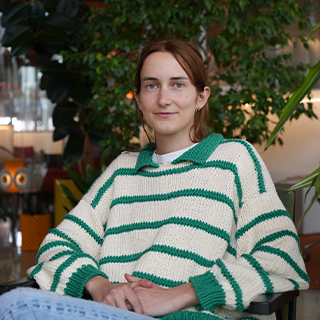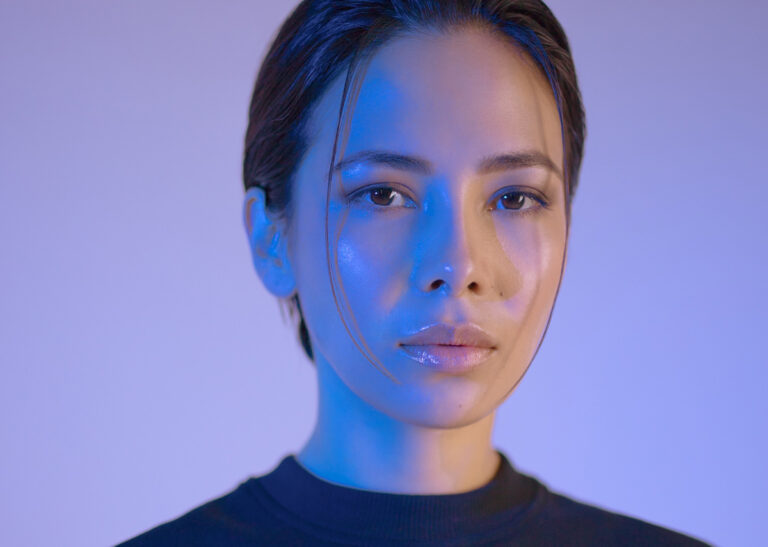Don’t try this at home: doctors list TikTok’s worst viral beauty and health trends
It has been proved that viral TikTok trends, especially when it comes to wellness and beauty, are bringing in big business for doctors. They’d kindly like it to stop. Because I’m also prone to my moments of online gullibility—I keep on meaning to try pesto eggs or cloud bread, along with a cup of lettuce water for a good’s night sleep, I just never find the time—I’ve made it my mission to help you pick the right trends to try at home. I’ve scoured the internet in search of the most viral ones, but I didn’t stop there. I made sure to get the opinion of real professionals (doctors, dermatologists, and beauty experts) before giving the green light to any of the following ‘tips and tricks’.
“I always know when something is trending on TikTok because I’ll have an influx of patients coming in and asking me about the same thing,” said Doctor Niket Sonpal, a gastroenterologist in New York, when speaking to The New York Times. Nine times out of ten, that “thing” is a beauty or wellness tip that’s gone viral on the app, without any evidence that it actually works or that it won’t harm you in the process. On the contrary, the advice given by some users may be outright dangerous, from drinking chlorophyll to lose weight to using sunscreen only in select areas of your face for a ‘natural’ contouring.
Even if their advice is not grounded in science, many content creators dare to share that kind of information if it means going viral on the video-sharing app. And what’s worse—it often works. Many users throw reason and caution to the wind when faced with these trends, underscoring a growing subversion of authority in which an influencer’s word is replacing that of experts.
1. Slugging is not that good for your skin
Slugging is defined online as a Korean beauty skincare trend that includes coating your face in petroleum or Vaseline. “This prevents transepidermal water loss and keeps moisture in your skin. It’s best for dry skin types,” reads an article in the beauty-focused publication Byrdie.
@ahliyahmichelle Beauty Secrets pt. 1: 𝕊𝕃𝕌𝔾𝔾𝕀ℕ𝔾! ✨ #TikTokPartner #LearnOnTikTok #beautysecrets #skincaresecrets #slugging #blacktiktok
♬ Retrofit (Remix) - Chris Alan Lee
The hashtag #slugging has just over 15 million views on the platform, and the trend has been promoted by influencers like Hyram Yarbro and Cait Kiernan. Yet dermatologists warn that it can have adverse effects on your skin.
“Putting an occlusive on your skin and letting it sit overnight sets you up for exacerbating clogged pores and breakouts,” Doctor Dendy Engelman, a dermatologist and cosmetic surgeon in New York, explained to The New York Times.
2. Sunscreen contouring is a big no-no
Introduced on the app as “suntan contouring,” this trend encourages users to apply an initial layer of SPF 30 to their entire face and then layer a thicker SPF 90 only to its high points. The results, some TikTokers claim, make your face look “naturally snatched”—a term usually reserved for a sharp contour and healthy amount of highlighter.
@stopiteli I am convinced this works! #tutorial #contour #summer #lifehack #hack #beautyhack #snatched #tiktokwellness #hiddentalent
♬ original sound - stopiteli
What this ‘hack’ seems to completely ignore is the necessary (and dermatologist recommended) skincare practice we all know to be essential: protection from the sun. By adding the right amount of sunscreen only on high points like the top of the cheekbones and bridge of the nose, the rest of the face of many trend-followers is left to burn, not tan.
“What skin do you choose to age faster, expose to radiation more, and sacrifice to skin cancer? Do you want your cheeks to be more wrinkly? Or would you rather your jawline be saggier?” asked Doctor Rachel Nazarian, a board-certified dermatologist, in another Byrdie article.
3. Drinking chlorophyll is a waste of your money
While this trend falls on the more harmless side of what fake hacks have to offer, it’s important to tell it like it is: drinking chlorophyll simply doesn’t work and is nothing more than a waste of your time and money. If people are seeing ‘results’ from drinking chlorophyll, it’s likely because they’re drinking more water than normal, so their skin is getting better and their bathroom trips are more regular. Other than that, not much to praise here.
Just as I was double-checking what I just stated above, Healthline confirmed what I initially thought, “Larger, more rigorous studies are needed to evaluate the potential health benefits of chlorophyll.” Until then, don’t waste your money and remember to drink (normal) water regularly.
4. Never underestimate the impact of bad microneedling
Microneedling involves puncturing the skin with tiny needles in an effort to generate new collagen (usually on the face). On TikTok, conversation around at-home microneedling grew in 2020 and is already experiencing five times more engagement in 2021, according to Traackr as reported by The New York Times, but experts say it’s incredibly risky to do at home.
While some studies have shown that medical-grade microneedling can improve skin suppleness and lessen wrinkles, “it needs to be done in a really clean, safe setting,” Doctor Engelman said, pointing to the high risk of infection. “If you go hard enough on your skin, it can lead to colour change, textural change and scarring, essentially worsening what you’re trying to make look better, like fine lines and acne scars.”
5. The fake freckles trend
Models like Aleece Wilson—who’s literally called @oddfreckles on Instagram—and Adwoa Aboah have been made famous by the perfect archipelago of the little brown specks across their faces. And fair enough, freckles can look amazing, even when fake. That being said, if you’ve been seduced by one of TikTok’s faux freckles trends, you’ve probably unknowingly played a good old game of Russian roulette with your face. Let me explain.
As freckles became very much in last year, TikTokers came up with a few different ways to get the look. Most of them were perfectly safe and usually resulted in a soft and natural look. All you had to do was to flick some henna at your face or draw teeny tiny dots on it using nothing more than an eyebrow pencil. So far so good.
Then appeared another fake freckles trend, one that I fully prohibit you from trying, which involves using a sewing needle and some ink to essentially tattoo freckles on your face. The needle is used to dot the ink onto the desired area of the skin.
The hack recently made headlines after Australian reality TV star Tilly Whitfeld ended up being hospitalised because of it. The celebrity posted a photo of her scarred face on Instagram, and wrote in the caption: “For those asking why I have my blue clay face mask on continuously throughout the show this is what my face looked like a week prior to entering the house hence why I always have makeup on and my skin is always covered. This is the result of attempting to remove scarring I inflicted on myself trying to replicate an at home beauty procedure I saw on a tik tok video 2 months before big brother… who bloody else would manage to do such a thing.”
According to HITC, Whitfeld used brown tattoo ink that she’d purchased off eBay to achieve the look. It turns out the ink she bought was counterfeit and had high levels of lead in it, which resulted in the nasty allergic reaction and infection on her face. Nope, thank you very much.
Stories like Whitfeld’s have doctors hoping that the companies running these platforms will place disclaimers on beauty content stating that it’s unverified or dangerous to try at home, but they’re not holding their breath. In the meantime, make sure you reach out to a real doctor before putting your faith in a TikTok video with millions of likes. Sounds almost counternatural, I know.






